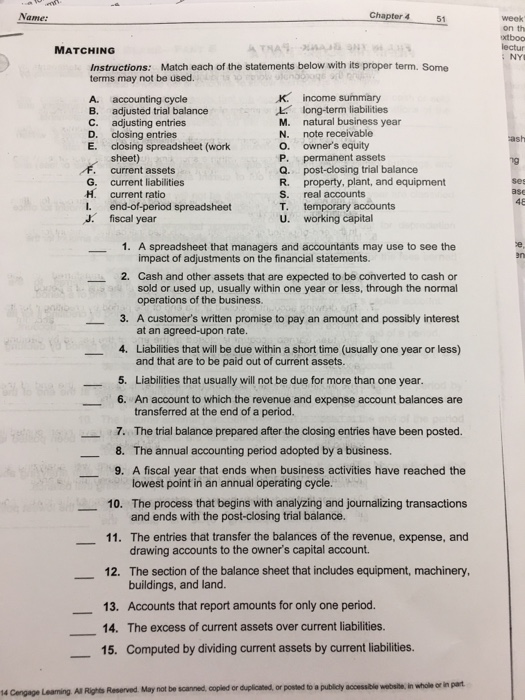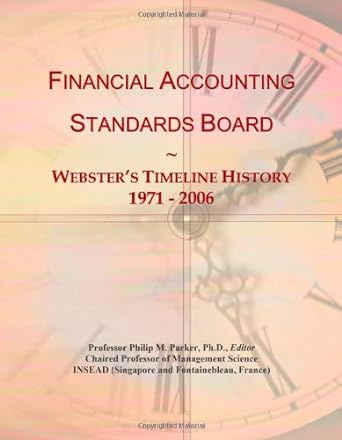Answered step by step
Verified Expert Solution
Question
1 Approved Answer
Accounting cycle adjusted trial balance adjusting entries closing entries closing spreadsheet (work sheet) current assets current liabilities current ratio end-of-period spreadsheet fiscal year income summary

Step by Step Solution
There are 3 Steps involved in it
Step: 1

Get Instant Access to Expert-Tailored Solutions
See step-by-step solutions with expert insights and AI powered tools for academic success
Step: 2

Step: 3

Ace Your Homework with AI
Get the answers you need in no time with our AI-driven, step-by-step assistance
Get Started


